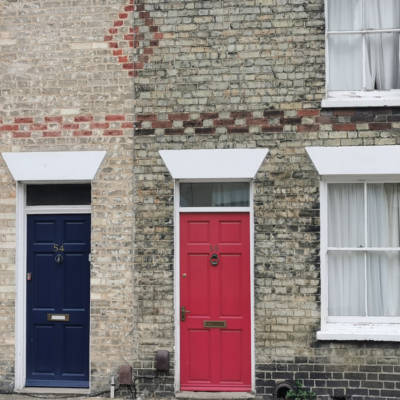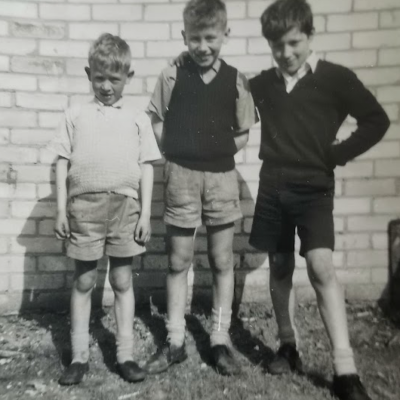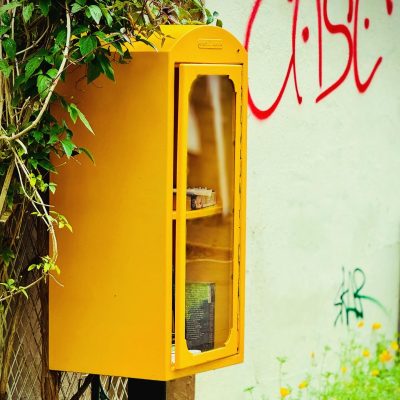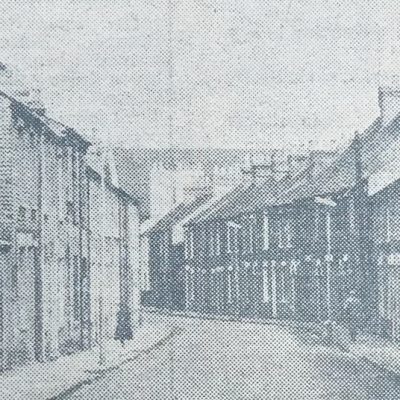Search by topic
- archaeology
- Building of Local Interest
- charity
- church
- crime
- dressmaker
- fire
- Great Eastern Railway
- Listed building
- Mapping Relief
- medieval
- oral history
- poverty
- Public House
- Rattee & Kett
- Religious House
- Roman
- scholar
- school
- Then and Now
- tudor
- women
- work
- world war one
- world war two
Search by text
65 Gwydir Street
History of 65 Gwydir Street
1870
CIP 5.2.1870: A man named Haggar in the employ of the Great Eastern Railway Company was charged with stealing two savoy cabbages from the garden of Mr Dunn in Gwydir Street. Defendant admitted the fact and after a severe reprimand from the Chairman, he was fined 20s and costs, or 14 days hard labour.
1881
William Dunn, head, 43, waiter, b Whittlesford
Elizabeth M, wife, 24, b Cambs
William, son, 23, cabinet maker, b Cherry Hinton
John, son, 17, errand boy, b Cambridge
Arthur R, son, 15, printer and compositor, b Cambridge
George A, son, 14, scholar, b Cambridge
Elizabeth M, daughter, 3, b Cambridge
Florence, daughter, 1, b Cambridge
Rowland C F, son, 10 wks, b Cambridge
1891
Sarah Fenton, head, single, 50, general shop keeper, b Waterbeach
Jemima S Carr, lodger, widow, 74, living on own means, b London
Sarah moves to 67 Ainsworth Street.
1901
Florence Herbert, 33, tailoress, b Worcester
Richard Ellis, lodger, 46, tailor, b Yorks, lost use of both legs
Olive Ellis, lodger, b Cambridge
Russell Ellis, 9, b Cambridge
1906
CIP 26.10.1906: Eleanor Hogg of 65 Gwydir Street was summoned for travelling without a ticket on GER. Fine 4s 7 1/2d and 10s costs.
1911
James Adam Hogg [?Hoff], 44, labourer, b Suffolk
Helena, 43, b Manchester
1913
James Hogg, butcher
1962
George Payton
1970
Albert Overhill
Contribute
Do you have any information about the people or places in this article? If so, then please let us know using the Contact page or by emailing capturingcambridge@
License
This work is licensed under CC BY-NC-SA 4.0









